“Ground bees might unexpectedly become your new neighbors if you come across their distinctive mounds scattered across your landscape. You might see them flying around, sparking curiosity about who these critters are. But don’t fret! These fascinating creatures are relatively harmless and, surprisingly solitary. With this article, we’ll unveil their world, giving you everything you need to know.
Meet the Ground Bees!
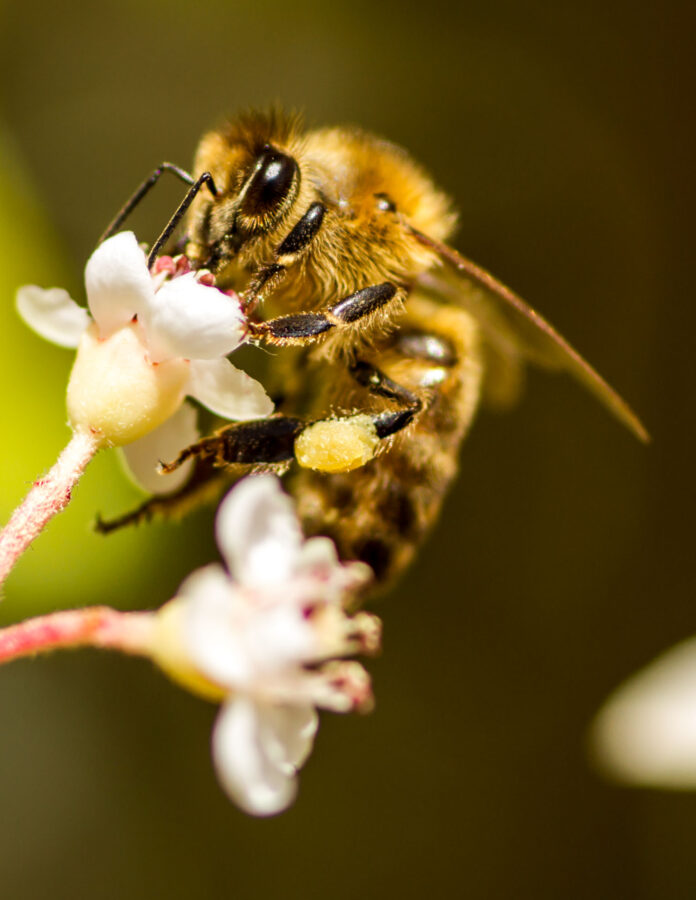
Each mound in your yard typically houses a single bee. That’s right, these insects are largely loners. The different patterns of soil mounds could signify the presence of one or two bees. They appear in a variety of hues and can reach up to three-quarters of an inch in length. Don’t be confused – some wasps also establish their homes in a similar manner, but wasps pack more of a punch when it comes to their sting!
The Ground Bee Lifestyle
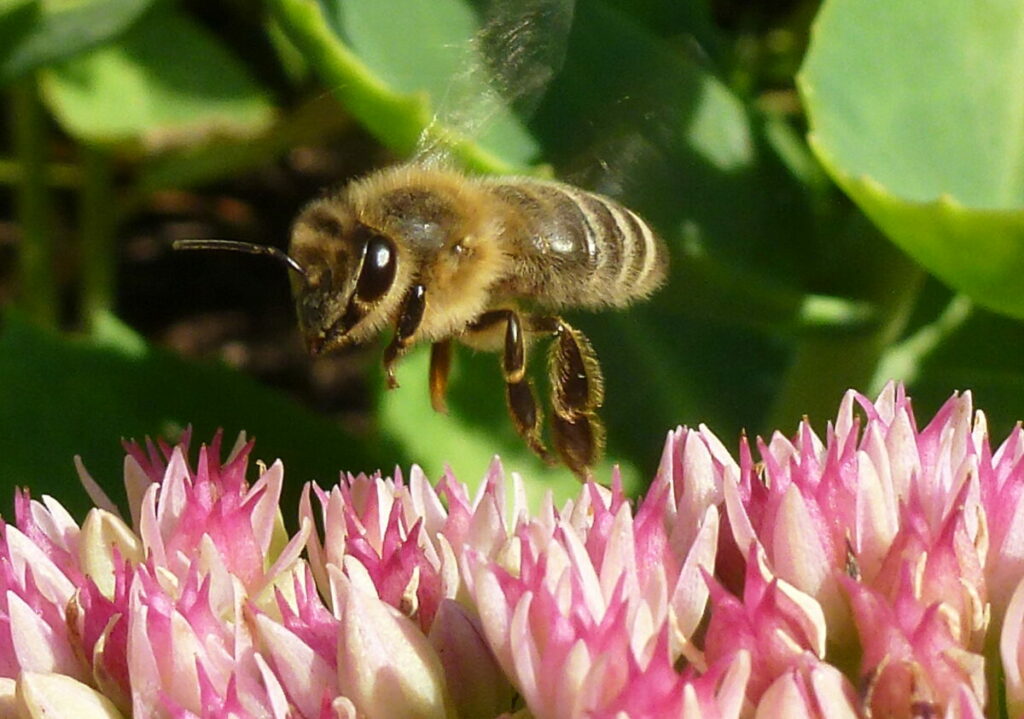
These subterranean dwellers not only live in these burrows but also raise their young! The sight of a mother bee and her offsprings living harmoniously in their dirt burrows is indeed fascinating. But what makes them endearing is their non-aggressive nature. Unlike their feisty relatives, ground bees are unlikely to sting, making yard maintenance a breeze.
Coexisting with Ground Bees
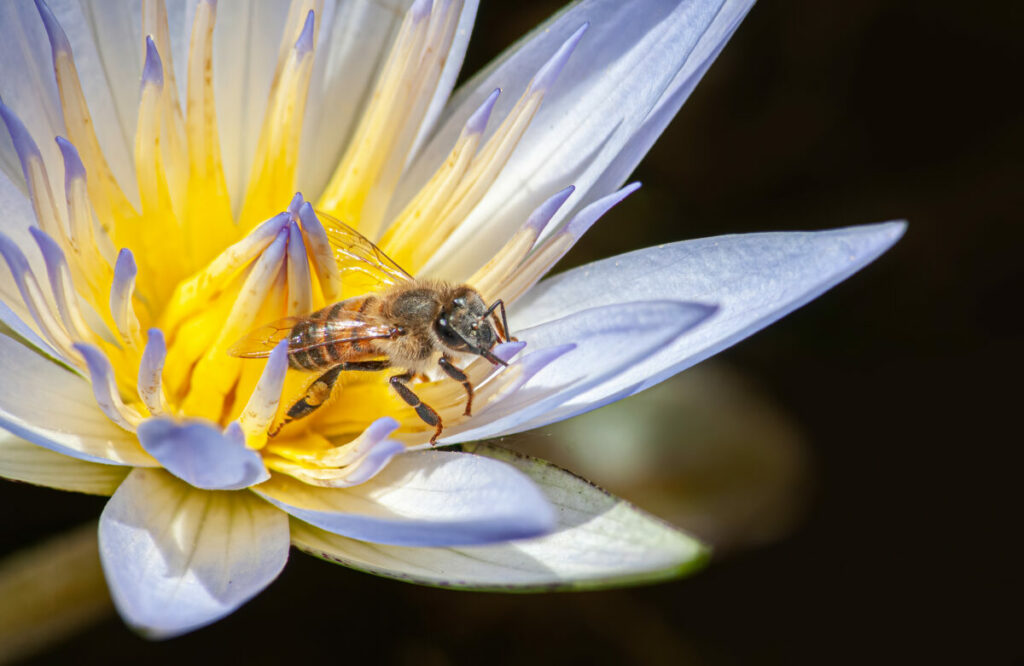
If anyone in your household is allergic to bees, you must consider safety first. Otherwise, it’s usually best to let these busy bees be. Afterall, they usually are tenants of your yard for a month or two, at most. As nature’s little helpers, ground bees play a vital role in pollinating plants and protecting them from damaging insects.
Gentle Strategies to Control Ground Bees
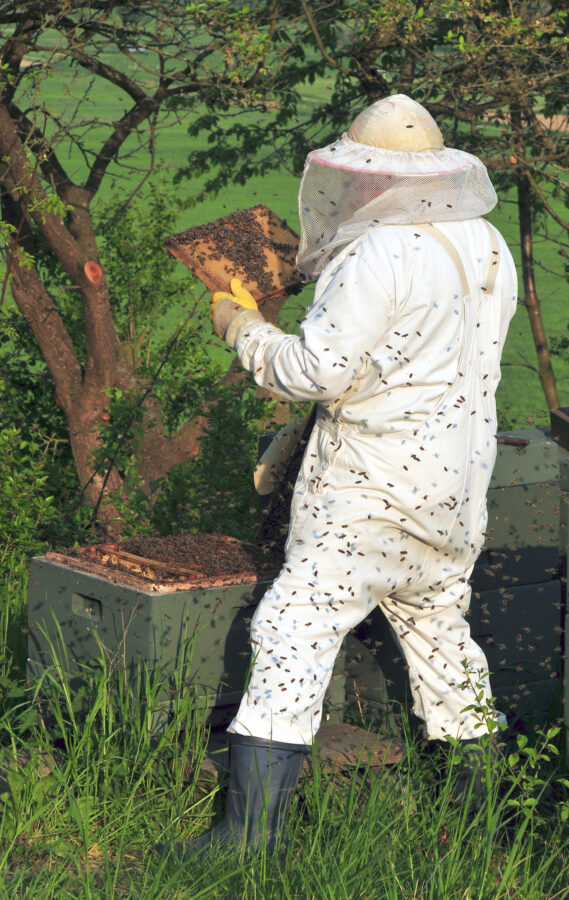
If you’re looking for non-invasive methods to control ground bees, consider these:
- Water the soil once a week during dry spells. It discourages ground bees from nesting.
- Thicken the grass around their mounds or use mulch to discourage nesting.
When Pesticides Become Necessary
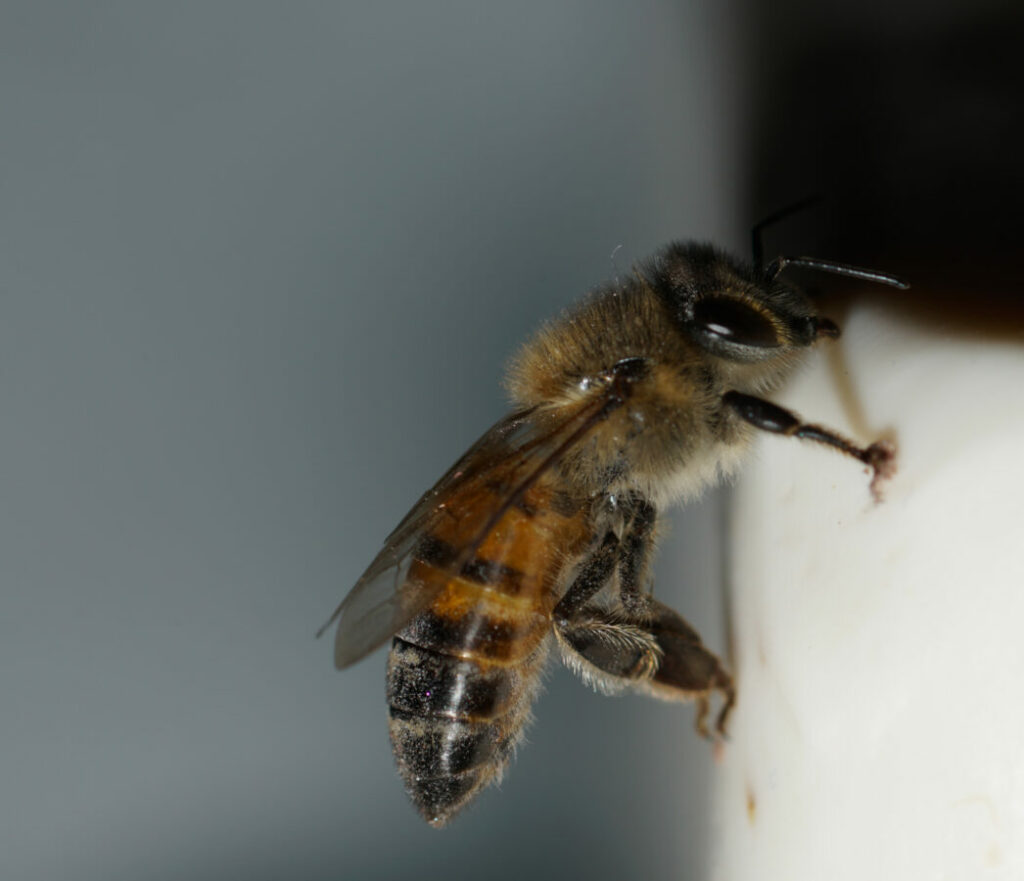
If the threat of stings becomes too significant, especially due to allergies, you might consider using pesticides. Opt for dust forms like carbaryl or bendiocarb and apply them at the nest entrances. Remember, consult a professional if there are allergic individuals, rather than tackling it on your own.
In essence, ground bees epitomize nature’s paradoxes – they may ruffle your landscape, yet they perform crucial roles as pollinators and guardians of our plants. Like transient guests, they usually leave after a short stay. Therefore, the natural solution is mostly the best course, unless the potential for stings outbalances the benefits.
Related Resources: